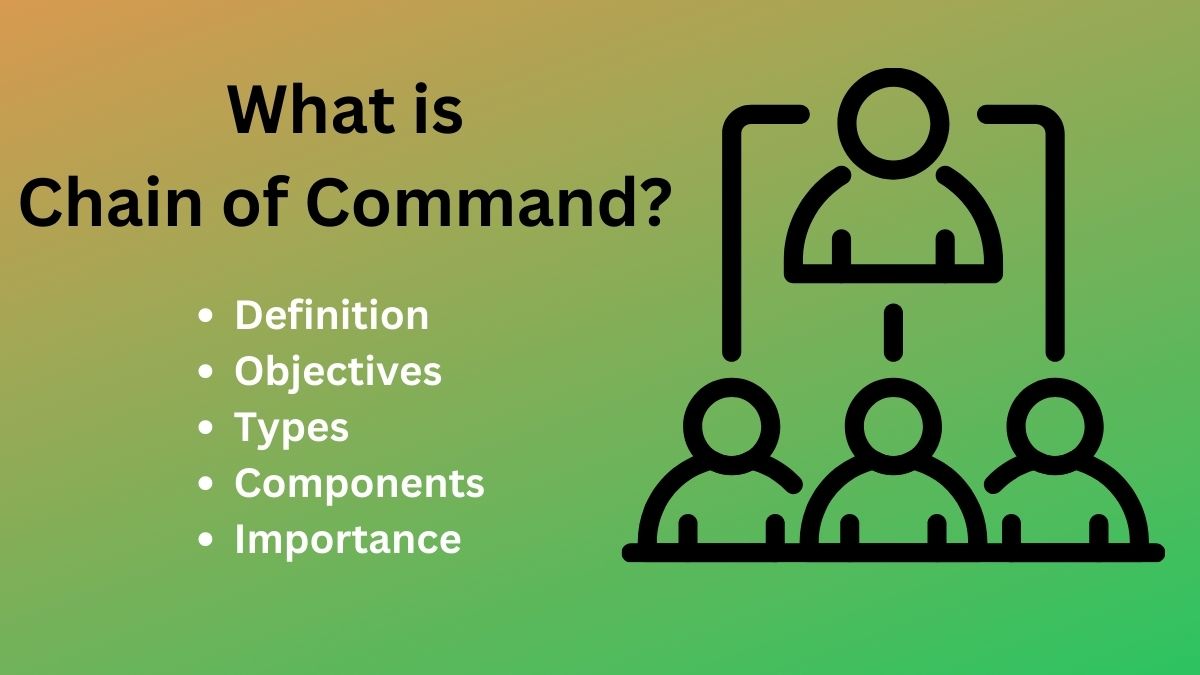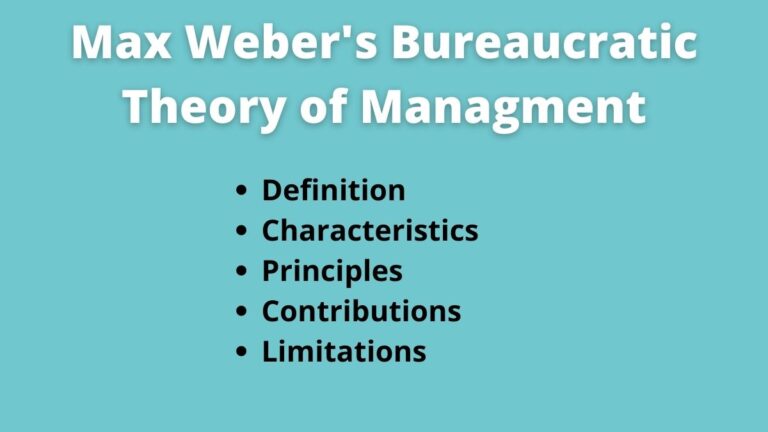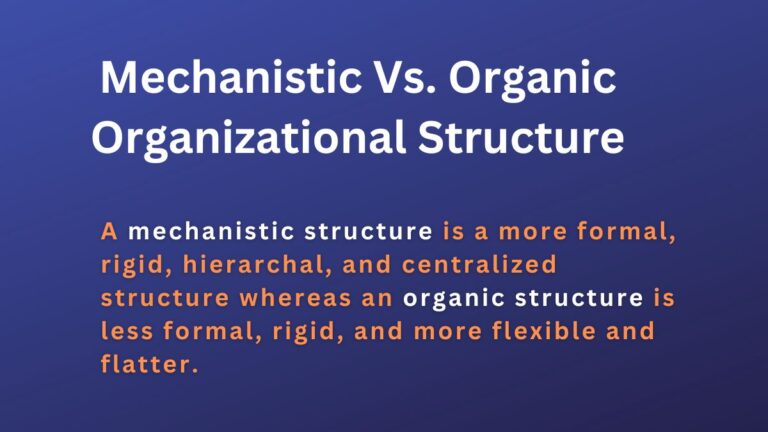What is Chain of Command? Definition, Components, Types, and Importance
What is Chain of Command?
A chain of command is the distinct and clear line of authority among the job positions in the organization. It clarifies who holds what position i.e. authority and who should report to whom.
It creates the hierarchy of reporting relationships, at the top including top executives, say, founder, CEO, etc., and at lower levels subordinates managers. The top executives have the right to command and instruct the subordinates while subordinate managers should respond to them and work under them.
The chain of command ensures clarity in the job positions, where the top manager is probably the highest authority holder and is the ultimate responsible person for the organization’s performance. A chain of command is used to delegate authority and responsibility, inform employees of company news, and establish a method for information sharing.
It is made to make sure that instructions given to workers by management are distributed effectively. Additionally, it guarantees that each worker is accountable for their own task while simultaneously having a more senior leader available to provide assistance, inspiration, and incentives as needed.
What is the Objective of the Chain of Command?
The main objectives of the chain of command are mentioned below:
- To create an effective hierarchal structure.
- To clarify job positions and authority one holds in the organization.
- Create an easy and effective reporting system, who should report to whom, and who should instruct whom.
- Create accountability among team members.
Components of the Chain of Command
The chain of command is made up of two main components, they are the unity of command and the scalar chain.
Unity of Command
The Unity of command is the concept that states in the organization there must be a clear reporting system in which one person should be reporting to only one boss at a time. It ignores the concept of one employee reporting to many supervisors at a time.
It suggests that when an employee has to work under many in-charges it creates confusion about, who should report to first, whose work should do I first, does doing one boss task first affects my job position, etc. Such situations do not bring satisfactory results and instead, create dilemmas for employees.
And, when a perfect unity of command is maintained, employees seem to contribute their best effort to achieve the desired goals, employee & management relationships seem stronger, and productivity increases.
Scalar Chain
The scalar chain suggests that in the organization there must be a clear and unbroken line of authority that extends from the lowest level to the highest level. It states communication should be through the unbroken line of authority either from lower level to highest level or highest level to lower level.
The scalar chain specifies the path following which the information should be communicated to the desired person/position. It provides a clear path of communication which reduces confusion while communicating.
Related: What is Organizational Structure?
Types of Chain of Command
Along with components, it also has two types. They are:
Flat or Horizontal Chain of Command
These types of command chains are common in small organizations where employees are fewer and a single manager is handling all of them. Here, a manager has a lot of control in such organizations as well as many employees reporting to him.
This looks like a decentralized organizational structure where middle and lower-level managers also hold power to direct, command, and instruct employees and make necessary decisions on their responsibility areas.
Vertical Chain of Command
The vertical chain of command is more centralized than the horizontal one. Here, the rules, regulations, and procedures are more rigid. The decisions are made only by the top managers and follow more steps or levels to reach the desired location, position, or person.
Here, a manager has not a lot of authority and employees working under him like in a flat, instead, a manager has a limited number of subordinates working under him so the level of control is smaller and frequently limited to their department.
Related: Levels of Management
Importance of the Chain of Command
The practice of the chain of command is seen in almost all organizations. Knowingly and unknowingly its practice has prevailed in organizational settings. Some of its benefits are:
Clear Duties and Authority
One of the goals of the chain of command is to let clearly know all organizational members what their duties and authority in the achievement of organizational objectives. Employees become clear on their duties and who their superiors are.
This is essential to avoid role ambiguity. Everyone is focused on their area of responsibility and is free to ask for support and guidance from the superior when needed.
Effective Communication
Communication is a must for the effective circulation of information within the organization. In the chain of command, because of the scalar chain, the path to communication is clearly defined.
Every company member is known about the communication path which ensures appropriateness in the flow of information between managers, employees, departments, and in the overall organization.
Efficiency and Effectiveness
Employees are instructed by their chain of command who to report to and when to communicate with their superiors on important matters like project decisions. Additionally, it explains to staff members their roles and responsibilities inside the company.
Read Also: Functional Organizational Structue
This clarity is crucial to establishing a productive workplace where employees can fulfill their responsibilities without worrying about going too far or acting inappropriately.
Employee and Management Relationship
Unity of command is an effective aspect of the chain of command to ensure a healthy relationship between the management and employees. Since the unity of command ensures the reporting of an employee to a single superior at a time.
During the job, the employee regularly discusses, meets, and decides the matter. Regular communication between them may increase their working relationships in the workplace.
Creates Accountability
Accountability is something that a person accepts himself as answerable for the results that come from his actions and activities. Usually, employees become accountable when they are clear about the duties and the after-impact of the duties whether in a positive or negative way.
In the chain of command, every employee and manager is clear about their duties, who they are responsible for, and to whom they need to report. This clarity in their duties encourages them to be responsible and accountable for their performance.
Read Next: The 14 Principles of Management
Sajan Kushmi is a content writer with more than 4 years of experience. He holds BIM Degree. He write on the topics related to Management, Marketing, and Entrepreneurship.






